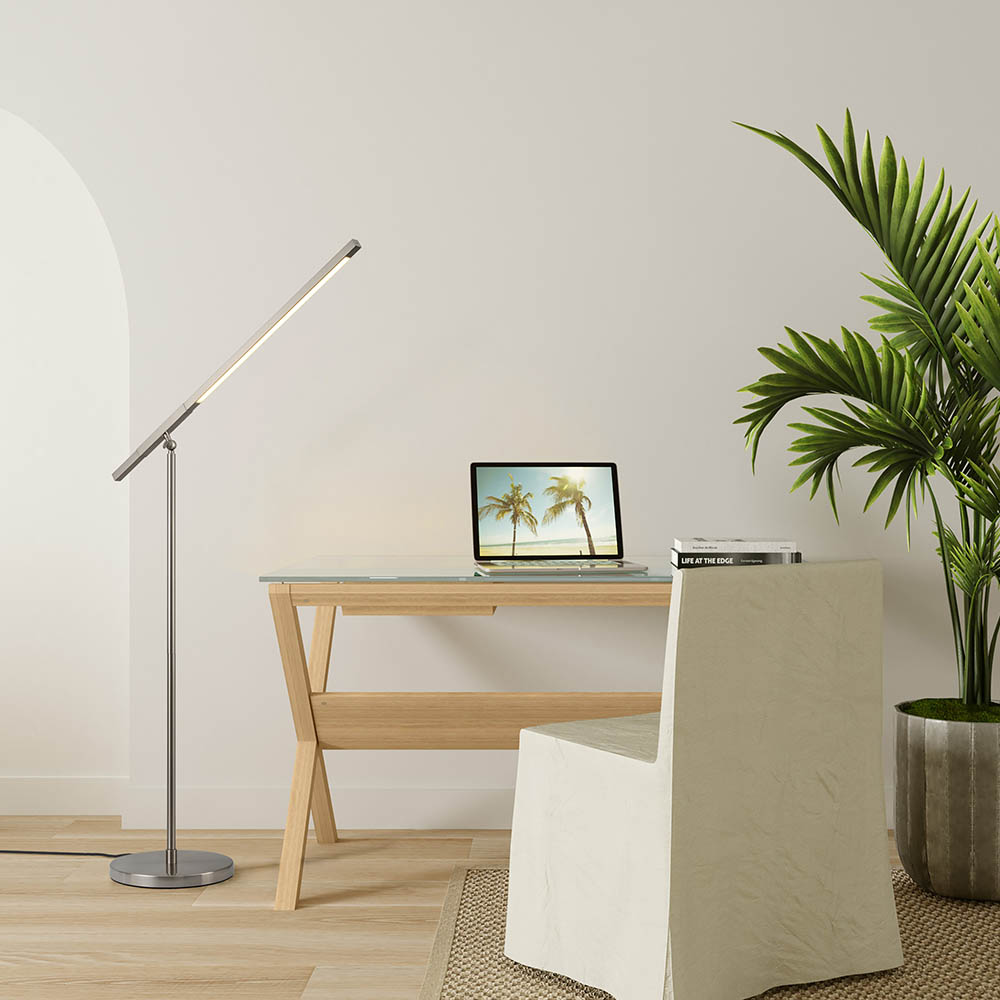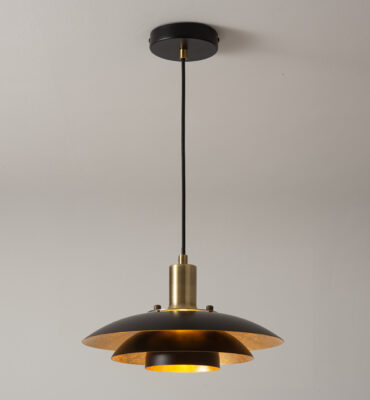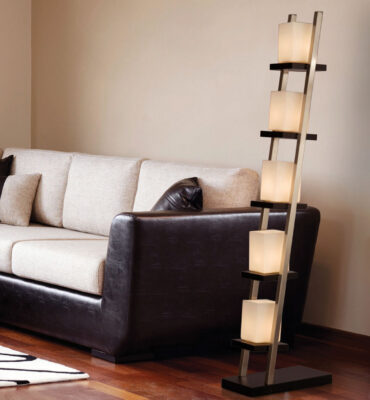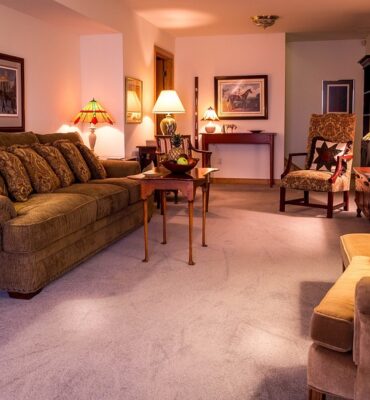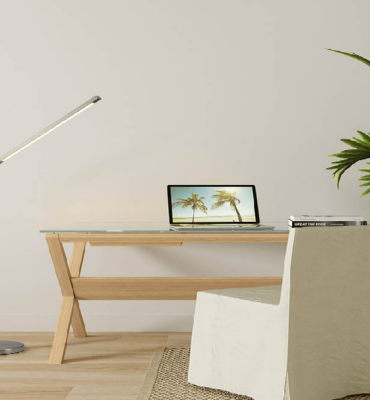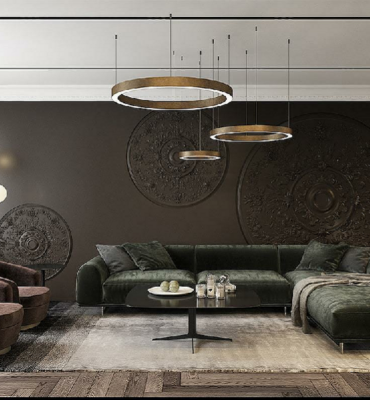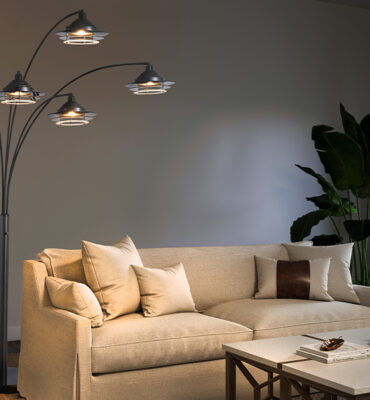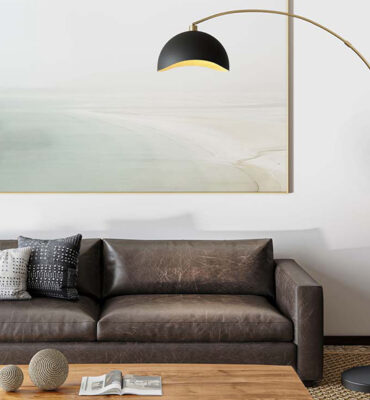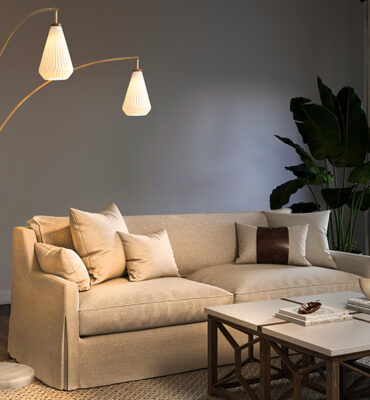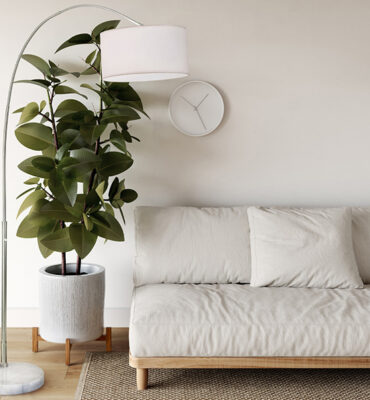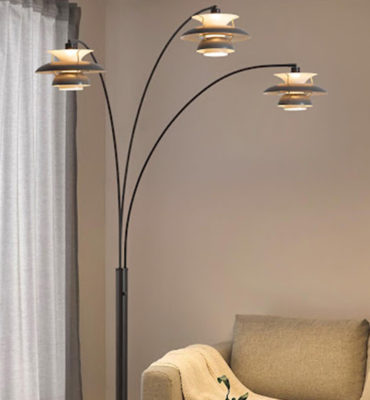Since the COVID-19 pandemic, the number of people working from home has shot up. In the U.S. alone, it is estimated that more than 4.7 million people are working from home. Proper home office lighting is a commonly disregarded factor among those working remotely.
Lighting is a crucial aspect of any home office. It is important to have the right lighting in your home office. Improper lighting could make you unproductive and unmotivated and could cause eyestrain and headaches. Here are six points you need to consider as you make lighting decisions for your home office.
1. Utilize Natural Light
Natural light is the best form of lighting for your home office. It is easy on the eyes and provides warm lighting that can improve your work environment. You should ensure that your home office has windows that will provide you with natural lighting for most of your working day. As you set up your workspace, you must account for direct sunlight that can create glare, especially at specific times of the day. It’s always ideal to have direct sunlight in front or next to your computer screens or work surface and reduce glare.
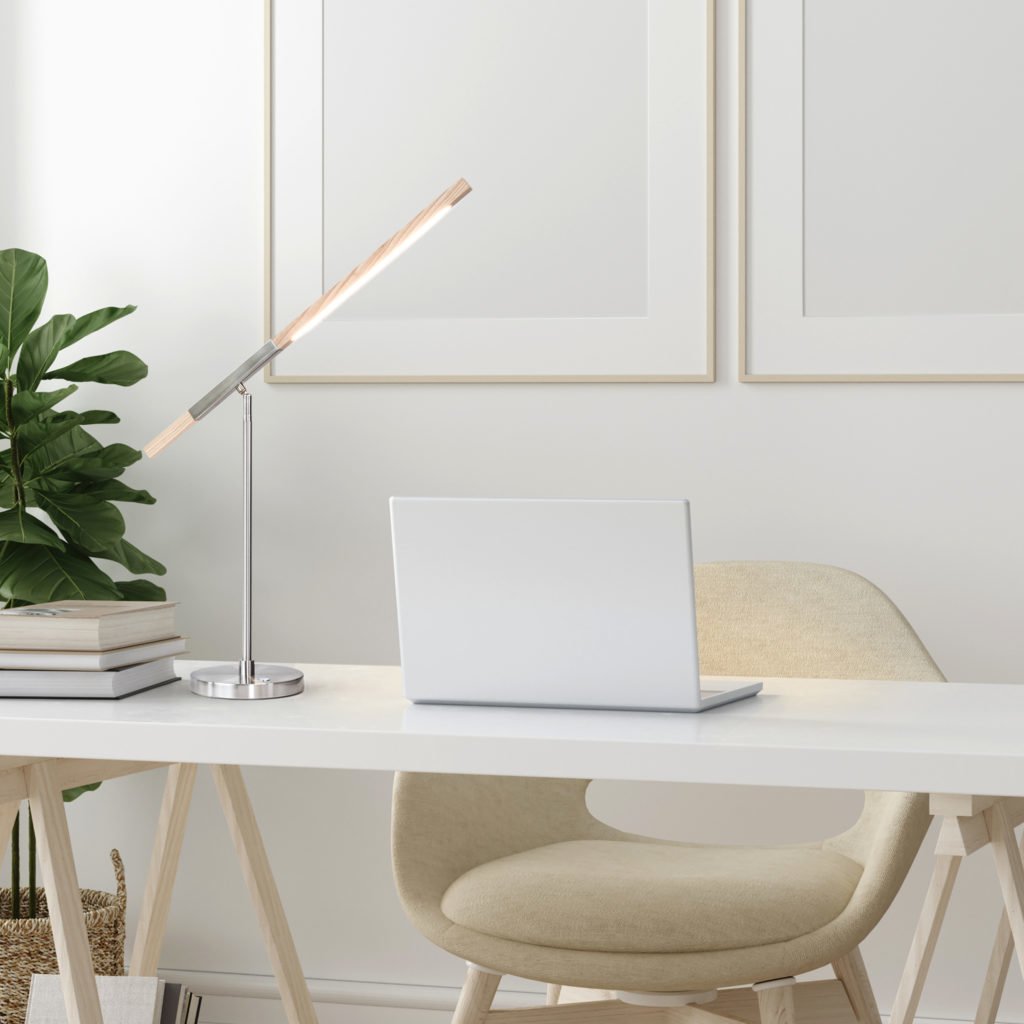
Another simple trick you could use is to set up your workstation facing north or south. This will minimize shadows at any time of the day. Solar shades are also great for softening light and reducing the heat from sunlight without compromising lighting and the view. Finally, you could use a standing screen or a window blind to diffuse sunlight shining through a window to your entire workspace.
2. Office Lights Should Always be Indirect
It is critical to avoid working under the direct glare of Ceiling Lights. In your home office, you should look for ways to diffuse ambient light in such a way that your entire office is illuminated. You can do this by simply shining a floor lamp onto a wall or the ceiling to achieve an indirect light splash. This way, light will bounce off the surface and diffuse to the entire room. Lampshades can also help to soften and scatter light thus illuminating the workspace.
3. Utilize Beautiful Task Home Office Lighting
Task lighting is ideal for focus-intensive tasks like paperwork and computer work. An adjustable Desk Lamp on your workbench is a simple and affordable option that will provide sufficient lighting to the workspace. If your home office has multiple workstations such as a filing area and a computer desk, then you can pick out task lighting for each of the stations. Make sure whatever you are using is beautiful and appealing to you. You do not need to use conventional, low-cost task lighting and can consider an attractive table lamp or arc floor lamp. These options problem excellent, healthful light and are less austere than most task lamps. The arc floor lamps also do not take up valuable desk space.

4. Eliminate Glare and Shadows
It is always important to look at where light is coming from in your home office. If there’s a light source behind you on your workbench, you’ll most likely have an annoying glare. Task lighting such as desk lamps can also cast unintended shadows. For example, if you place a desk lamp on your right hand and you’re writing. Your hand and arm may cast annoying shadows on your notebook. Overhead lighting that is more diffuse and directional is the ideal lighting for a workspace and arc floor lamps are optimal, decorative, and functional solutions. You can also consider plug-in wall sconces to provide the light where you need it with a simple dimmer switch option so that it is functional during work hours and decorative when you entertain.
5. Choose Decorative Home Office Lighting
Home offices will usually feature ambient lighting that diffuses light throughout the workspace and task lighting for workstations. In addition to these two types of lighting, you can add decorative and accent lighting to your home office. This will improve the aesthetics of your home office and will give you an uplifting spirit every morning you want to start working. Accent lighting pieces like table lamps and floor lamps will draw attention to specific elements of your home office. On the other hand, decorative lighting will add that visual appeal to your workspace. The optimal and most dramatic solution is to offer layers of light with table lamps, task lights, and floor lamps.
6. Don’t Overdo It
Most people know the risks that come from insufficient light in a workspace. As a result, they tend to overlight their workspaces. Too many lights can just be as bad as insufficient lighting. Therefore, it’s always important to have a well-thought-out plan before you begin setting up your home office. For home offices, a desk lamp, an overhead light, and a standing lamp will suffice. Lighting is just as important as furniture and equipment for your home office. Good home office lighting will increase your productivity and improve your health by reducing eye strain, and headaches. The number one rule for lighting in your home office is to utilize as much natural light as possible. Natural light is easy on the eyes and improves productivity.
It is also important to avoid direct light sources in your workspace as it could cause glares and shadows. Overhead lighting can be an affordable way to guarantee sufficient lighting for your workspace. Finally, you can spruce up the work workspace with decorative lighting that is portable, adjustable, and offers light exactly where you need it.



